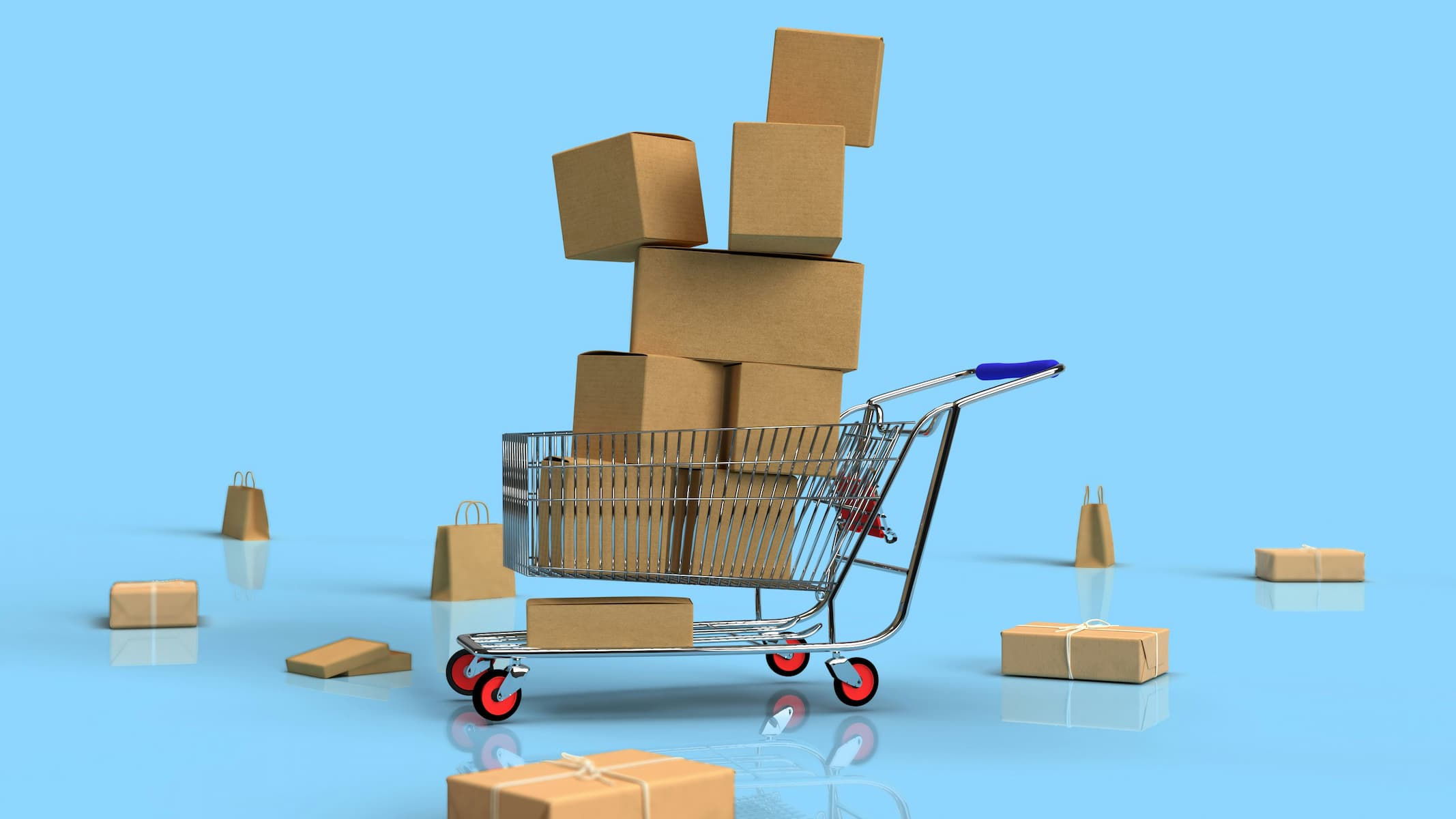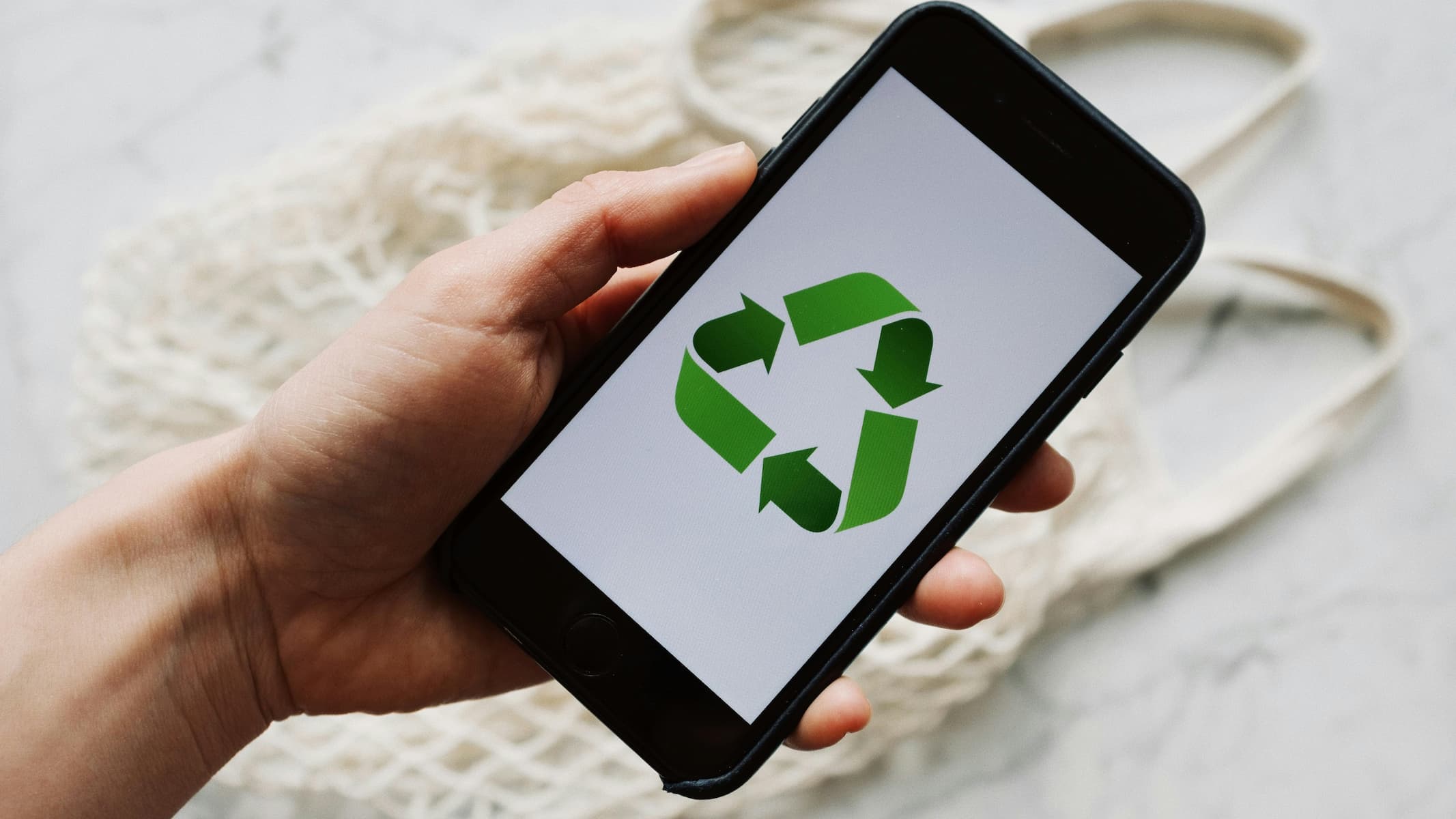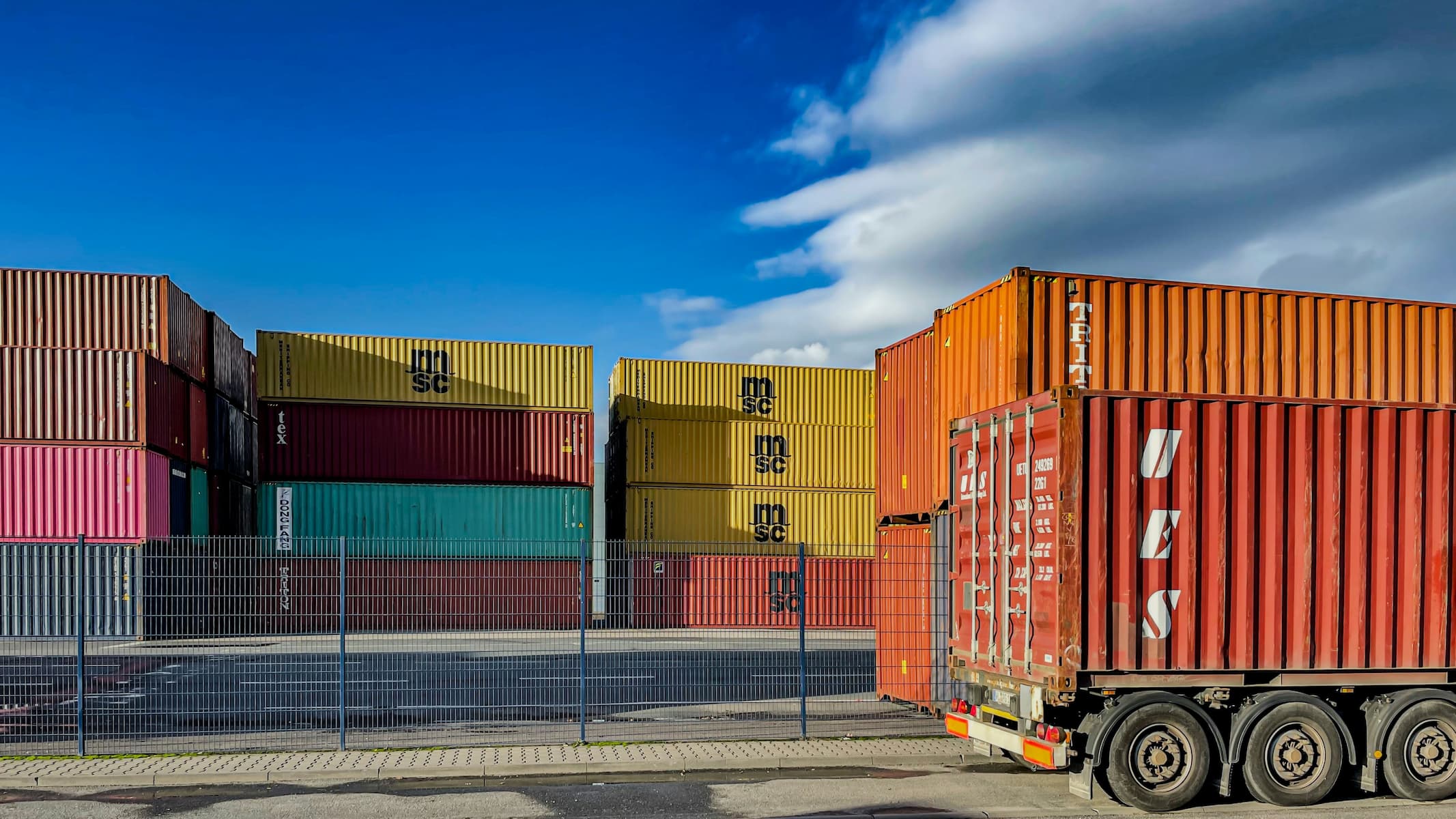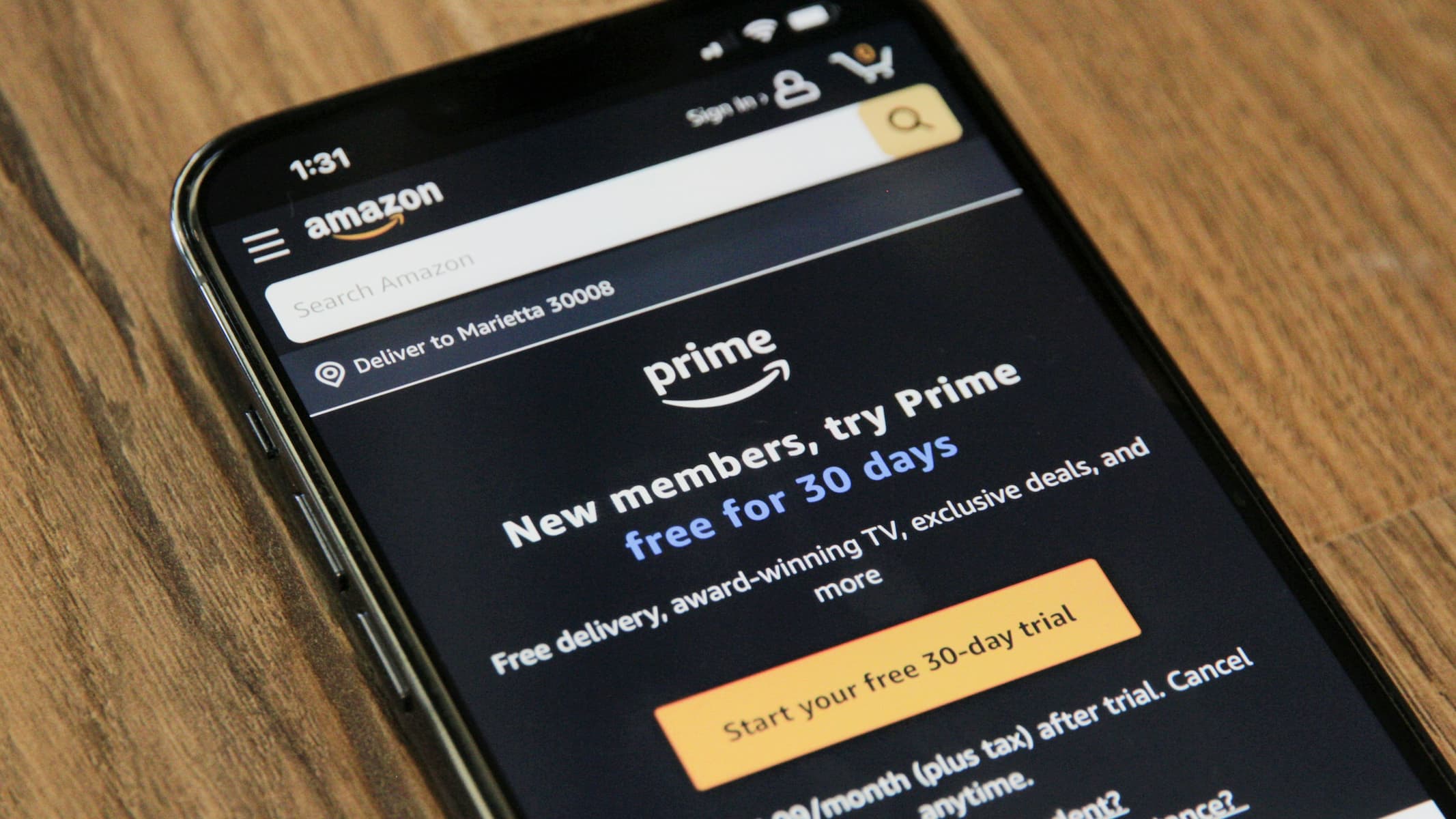How to reduce your carbon footprint when shopping this Black Friday and Cyber Monday
Be mindful of the environment — there are steps you can take to keep your carbon footprint as low as possible when shopping for Black Friday deals.

If you're conscious about the environment — and we all should be — then you'll likely be considering your carbon footprint when shopping for deals this Black Friday. Shopping — whether physically in a store or at home browsing the net — might not seem like an activity that has a high carbon footprint, but when you consider everything that goes into manufacturing and shipping the products you buy, it can be one of the worst.
In this article, we'll examine the ways that Black Friday shopping can negatively impact the environment and what changes you can make to your shopping habits to reduce your carbon footprint.
Only buy what you need
Black Friday inundates us with deals on new pieces of technology. Telescopes, cameras, binoculars, smartphones, laptops — you name it, there’ll likely be a Black Friday deal for it. But every single piece of technology carries a carbon footprint cost with it. That footprint comes from the cost of the manufacturing process, which typically involves creating components in multiple factories, shipping them all over the world to be put together, then shipping finished products across the world to be stored in warehouses.
A rule of thumb is the bigger an item is, the larger its carbon footprint. As a guide, goclimate.com estimates a new smartphone has a footprint of approximately 70kg of carbon dioxide equivalent (CO2e), while a laptop can range anywhere between 200-400 kg.
To reduce your carbon footprint this Black Friday, avoid getting sucked into buying deals that you just don't need. If your phone, camera or telescope is still perfectly functioning, keep using it. Don't upgrade your tech unless you have a very good reason to. Unless it is outdated and you need new functionality, or it's completely broken, there's a good chance it's still perfectly functional with plenty of life left in it.
Recycle your old products

If you really do need that upgrade, make sure you responsibly recycle the items you're replacing. Give them to someone who can use them, or donate them to Goodwill or another charity store.
If your old items are broken, dispose of them responsibly. Many stores will take tech items from you—even broken ones—and recycle them, such as Walmart's Gadget to Gift Cards scheme.
Shop from environmentally responsible brands

Today, lots of companies are very aware of their carbon footprint and, in trying to appeal to eco-conscious consumers, they actively promote environmentally-friendly schemes. Lego, for example, is very transparent about its commitment to reducing its emissions. They are actively changing plastic packaging to cardboard, an ongoing process we've been seeing since 2023, and they have been documenting their efforts to reach a 'zero impact' target.
Apple is another company committed to reducing its net emissions to zero: by 2030 it hopes to massively reduce its carbon footprint across its entire brand.
A quick search of a company or manufacturer plus the words 'carbon footprint' should quickly bring up any policies they have about environmental responsibilities. Avoid any companies without a visible environmental policy, as this likely means they don't have one at all.
Invest in quality products that will last
You know the old saying: buy cheap, buy twice. It's something to be wary of whenever you buy something new, but it's particularly true on Black Friday when we're bombarded with hundreds of thousands of deals. Buy from brands that you know to be high quality. If the price seems too good to be true, it probably is: you're likely to end up with a product you'll need to replace within a matter of weeks or months.
Buying less often is a great way to reduce your carbon footprint. An item only has to be made and shipped once. The more use you get out of it, the more it will earn back its carbon footprint debt.
Be wary of buying imports

Amazon is perhaps the number one place we all flock to on Black Friday. But Amazon is amongst the worst retailers for trying to shift low-quality goods that likely carry a high carbon footprint. It's also particularly bad for selling items imported from overseas, such as from factories in China.
Imported goods come with a much higher carbon footprint simply because they’ve had to travel further to reach you. Buying locally produced products is a great way to ensure you're keeping your carbon footprint as low as possible this Black Friday.
Shop online rather than physically

You might think that going to a physical store would reduce your carbon footprint. While there's been much discussion about the carbon footprint of physical vs online shopping, many environmental experts think that physical shopping is actually worse. You're adding your own vehicle's carbon emissions into the mixture, for one. And the items you're buying still have to go through the same manufacturing and shipping process to get to the store.
In our Black Friday deals hub, we will share the best deals from online retailers including Amazon, B&H Photo, Adorama, Target, Walmart, Newegg and more.
If you do visit physical stores, use public transport if and when possible (or car share with a friend or family member). Being mindful and reducing your carbon emissions can make a big difference. And, of course, remember to take reusable bags, so you don't have to take plastic carriers from the shop.
Choose to skip on additional packaging if you can
Many stores, including Amazon, allow you to ship in the original packaging rather than using an extra packaging box. This is not great if you're buying a gift because the box will be covered in stickers. But if you're purchasing something for yourself, it saves on wasted materials, which is always a bonus.
Of course, recycle any packaging you do get. Cardboard is easily recyclable, and many locations will also accept most types of plastics. Don't send anything to a landfill that doesn't need to be.
Join our Space Forums to keep talking space on the latest missions, night sky and more! And if you have a news tip, correction or comment, let us know at: community@space.com.
Breaking space news, the latest updates on rocket launches, skywatching events and more!

Kim is a Yorkshire-based freelance writer who focuses on Lego and video game-related content. She's the co-creator of GameSpew.com and ThatBrickSite.com, where you'll find most of her work. If she's not building with plastic bricks, playing a video game, or writing about doing either of those things, you should probably check she's still breathing. You can find her on Twitter at @ichangedmyname.
